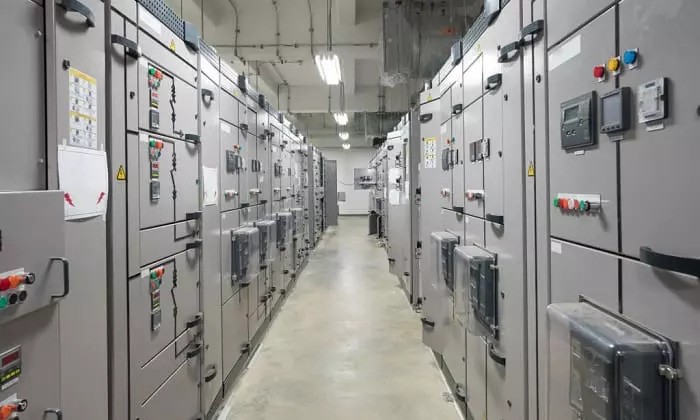Switchgear plays a pivotal role in the safe and efficient distribution of electricity, serving as the backbone of electrical systems. Behind the seamless operation of switchgear lie intricate manufacturing processes that ensure reliability, safety, and performance. In this blog post, we’ll take a journey inside the factory to demystify the complex world of switchgear manufacturing companies processes.
Understanding Switchgear:
Switchgear is a crucial component in electrical systems, designed to control, protect, and isolate electrical equipment. It includes devices such as circuit breakers, disconnect switches, and fuses, all working together to manage the flow of electricity. The manufacturing of switchgear involves a series of carefully orchestrated processes to ensure the end product meets stringent industry standards.
- Design and Engineering:
- The switchgear manufacturing process begins with meticulous design and engineering. Engineers use advanced software to create detailed schematics, taking into account electrical specifications, safety standards, and operational requirements.
- This phase involves selecting appropriate materials, determining the layout, and calculating electrical loads to ensure optimal performance.
- Material Procurement:
- After finalizing the design, the next step is procuring high-quality materials. Switchgear components are often made from materials like copper, aluminum, steel, and insulating materials.
- Manufacturers must adhere to strict quality control measures during material procurement to guarantee the durability and reliability of the final product.
- Fabrication of Components:
- The fabrication stage involves shaping and forming the raw materials into specific components. Advanced machinery, such as CNC machines, is utilized to ensure precision in cutting, bending, and shaping.
- Components like busbars, circuit breaker frames, and enclosures are crafted with precision to meet exact specifications.
- Assembly:
- Assembly is a critical phase where individual components come together to form the complete switchgear unit. Skilled technicians meticulously connect circuit breakers, meters, relays, and other components according to the engineered design.
- Attention to detail is crucial during this phase to guarantee proper alignment, tight connections, and overall functionality.
- Wiring and Connections:
- Wiring is a complex but crucial aspect of switchgear manufacturing. Skilled technicians follow the wiring diagrams to connect internal components, ensuring that the electrical connections are secure and meet safety standards.
- The wiring phase demands precision to prevent short circuits, ensure proper insulation, and maintain the integrity of the electrical system.
- Testing and Quality Assurance:
- Rigorous testing is conducted to verify the functionality, safety, and reliability of the switchgear. This includes electrical testing, insulation resistance tests, and functionality checks.
- Quality assurance measures are in place to identify and rectify any defects before the final product is released into the market.
- Painting and Finishing:
- The finishing touches involve painting and coating the switchgear components to enhance durability and provide protection against environmental factors.
- Switchgear is often subjected to harsh conditions, so a robust finishing process is essential to ensure a long service life.
Conclusion:
The world of switchgear manufacturing is a blend of precision engineering, advanced technology, and meticulous craftsmanship. Each step in the process contributes to the creation of a reliable and efficient electrical component that powers industries, homes, and businesses worldwide.
